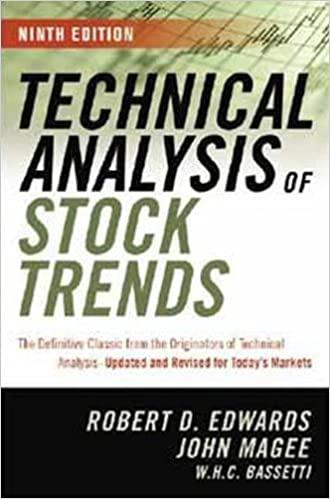Question
NOTE: If you are the person who has answered this twice already, please explain why r= 14% in the PV of cash flows formula because
NOTE:
If you are the person who has answered this twice already, please explain why r= 14% in the PV of cash flows formula because that makes no sense to me. Please don't just give me the same answer again.
You've been hired as CFO of Whitehall Water Filtration Inc., and it is your responsibility to oversee a new water filtration project that is expected to last the next 5 years. The company is considering investing in a new water filter for refrigerators that will be priced at $210 each, while variable costs for producing each filter are $130. Initial estimates suggest that the company will sell 320,000 units in the projects first year, and the number of units sold is expected to increase by 10,000 units annually. The selling price per unit is expected to decrease by $2 per year due to the release of newer versions. Variable costs per unit are also expected to decrease annually due to efficiency gains in the production process. Estimates suggest that variable costs will decrease by $0.50 per year.
Fixed costs for the project are expected to be $12 million per year. Moreover, the company will need to invest a total of $50 million in fixed assets. Whitehall. uses two forms of depreciation for its fixed assets. The company uses straight-line depreciation on its income statements, which assumes that the fixed assets are 100% depreciable. Meanwhile, the company uses the Modified Accelerated Cost Recovery System (MACRS) for tax purposes when determining the tax implications on the sale of its fixed assets. Assume that the fixed assets are classified as 7-year property under MACRS:

At the end of year 5, the company anticipates that it will sell this equipment for $10 million before taxes. Assume that the company is in a 21% corporate tax bracket. The company will also require an additional investment of $8 million in net working capital, and 100% of this investment will be recovered at the end of year 5.
The following information is also applicable. The firm has 210,000 bonds outstanding with each bond currently trading at 97.2 percent of face value. The firms outstanding bonds each have a face value of $1,000, mature in 11 years, have a coupon rate of 4.1 percent, and pay interest semi-annually. The firm also has 2.75 million shares of common stock outstanding that are trading at $15 per share. The firm just paid an annual dividend of $9.40 per share and anticipates that dividends will grow at 4% annually for the foreseeable future. Finally, the firm has 480,000 shares of 7.6% preferred stock outstanding that are priced at $105 per share. The preferred stock has a face value of $100 each. (50 points)
Based on the information and assumptions above, what is the net present value of this project?
Should it be accepted or rejected based on the net present value?
Excel work is mandatory, with formulas.
\begin{tabular}{|c|c|} \hline Depreciation Year & 7-Year MACRS \\ \hline 1 & 14.29% \\ \hline 2 & 24.49% \\ \hline 3 & 17.49% \\ \hline 4 & 12.49% \\ \hline 5 & 8.93% \\ \hline 6 & 8.92% \\ \hline 7 & 8.93% \\ \hline 8 & 4.46% \\ \hline \end{tabular}Step by Step Solution
There are 3 Steps involved in it
Step: 1

Get Instant Access to Expert-Tailored Solutions
See step-by-step solutions with expert insights and AI powered tools for academic success
Step: 2

Step: 3

Ace Your Homework with AI
Get the answers you need in no time with our AI-driven, step-by-step assistance
Get Started


